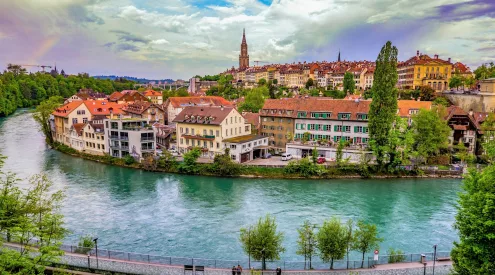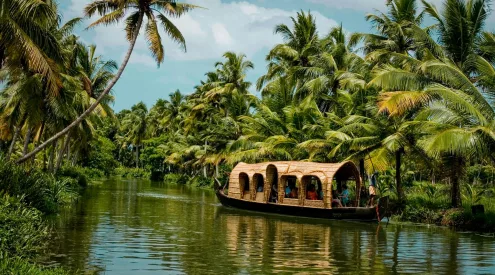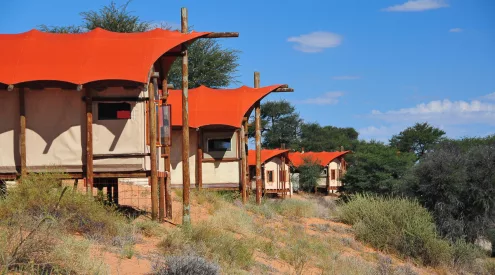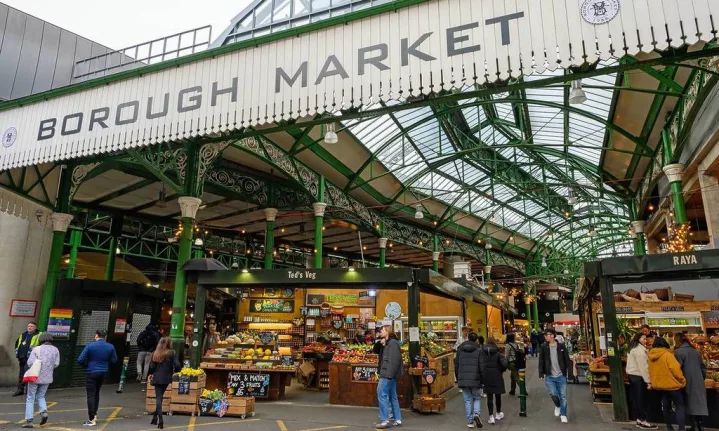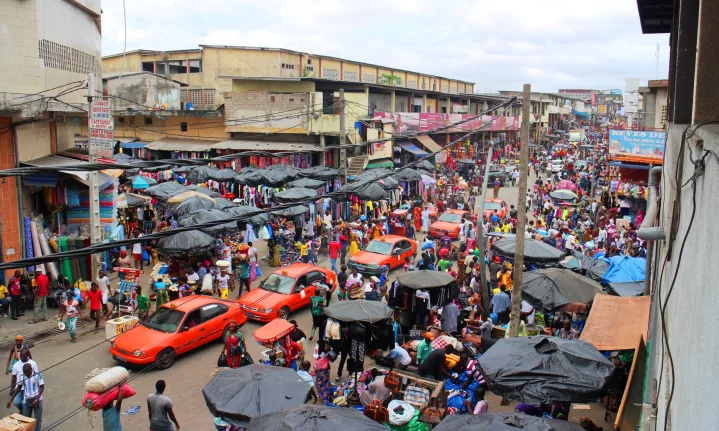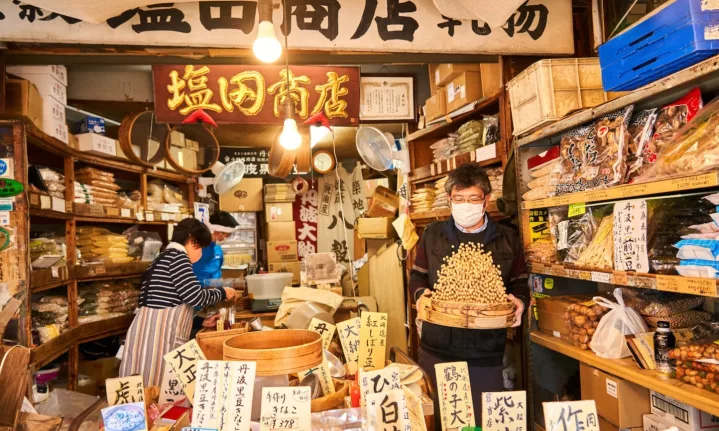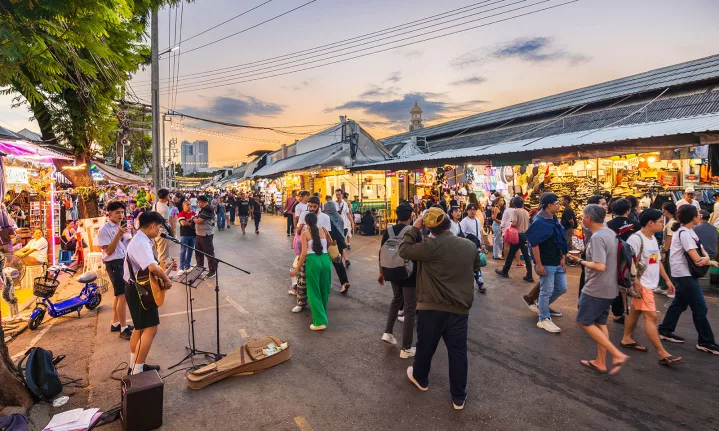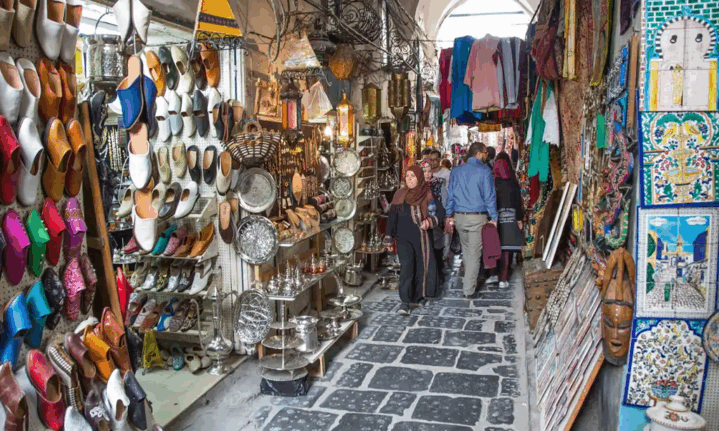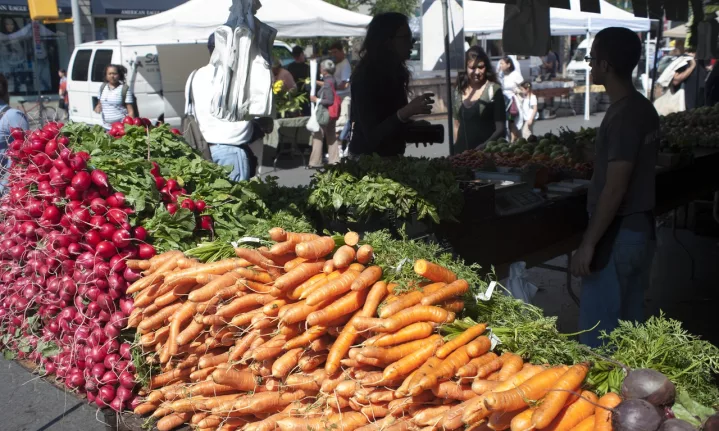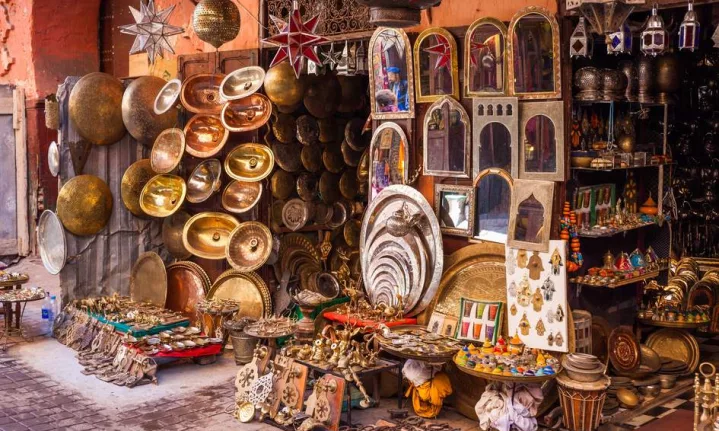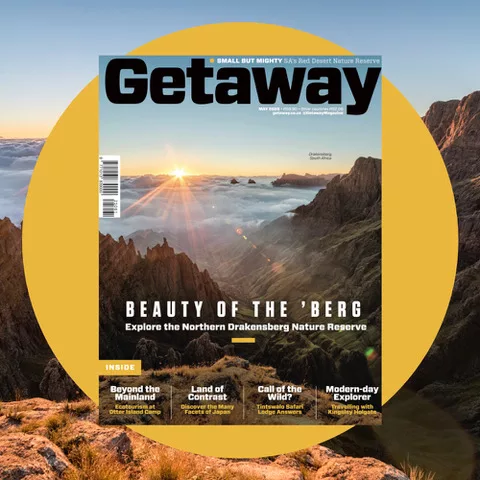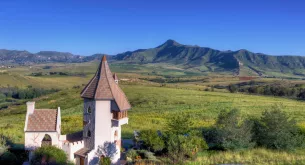There’s a universal magic to bustling food markets—the clatter of crates, steam rising from food stalls, and the scent of sizzling spices. More than just places to eat, they’re cultural crossroads where locals and travellers connect.
While iconic markets in Europe and Asia draw global crowds, Africa has its own vibrant, often overlooked counterparts. Here are eight global markets—and the African gems that match their magic.
Borough Market (London) & Neighbourgoods Market (Cape Town)
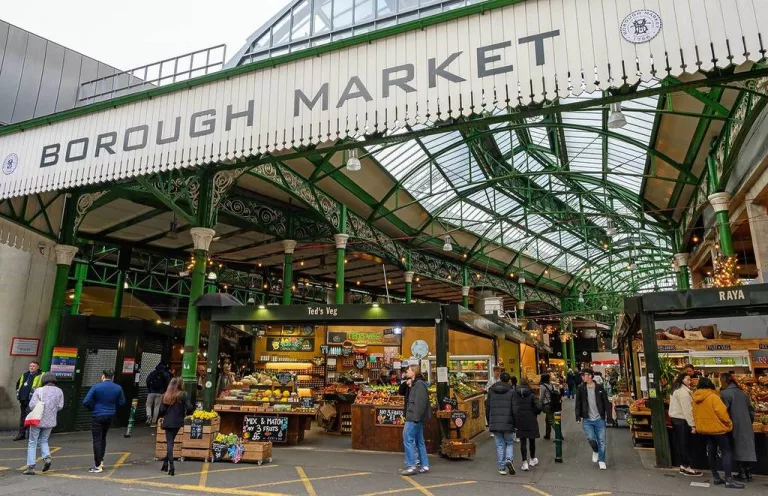
Picture/Secret London
London’s Borough Market is a haven for gourmands, known for its artisanal cheeses, sourdough loaves, and gourmet street food. It’s where British heritage meets culinary experimentation. Across the globe, Cape Town’s Neighbourgoods Market channels a similar spirit. Housed in the Old Biscuit Mill, it’s a Saturday staple for Capetonians seeking everything from craft beer to vegan bao. Like Borough, it draws a hip crowd, supports local producers, and celebrates flavour-forward thinking.
La Boqueria (Barcelona) & Marché de Cocody (Abidjan, Côte d’Ivoire)
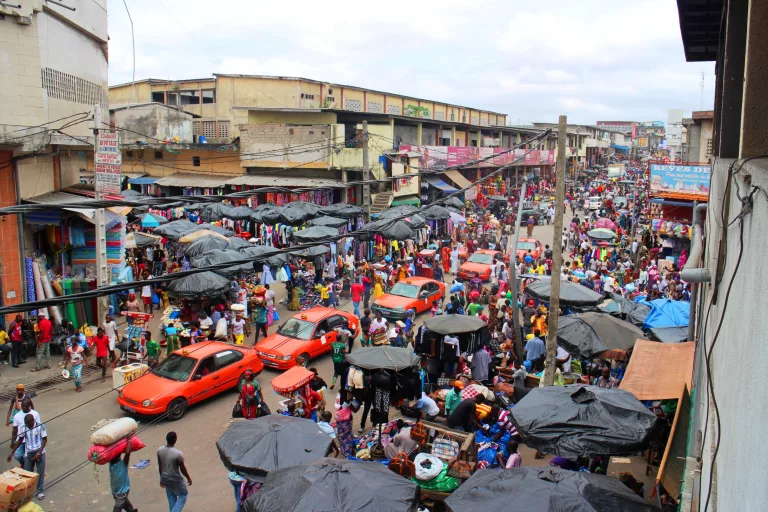
Picture/Wikivoyage
La Boqueria dazzles with its vibrant displays of fruit, seafood, jamón, and sweet treats. It’s a visual and culinary playground nestled just off Barcelona’s Las Ramblas. In West Africa, Abidjan’s Marché de Cocody shares that sensory drama. From plantains and scotch bonnets to dried fish and fresh cassava, it’s a market that bursts with life. Both are windows into their city’s soul, and ideal for grazing your way through regional cuisine.
Tsukiji Outer Market (Tokyo) & Darajani Market (Zanzibar, Tanzania)

Picture/Japan Travel
Though Tokyo’s inner Tsukiji fish market relocated, the outer market remains an epicentre for seafood lovers and street food hunters. Sushi, grilled scallops, and mochi are eaten elbow-to-elbow. Darajani Market in Zanzibar offers a similar mix of intensity and flavour. With spice stalls, fresh seafood, and Swahili street snacks like Zanzibar mix and grilled octopus, it’s a whirlwind of taste rooted in the island’s Indian Ocean heritage.
Pike Place Market (Seattle, USA) & Joburg Market (Johannesburg)
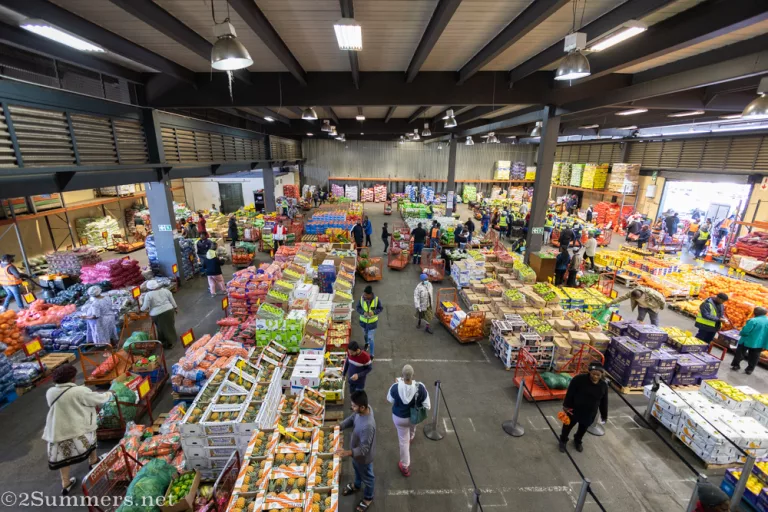
Picture/2 Summers/Heather Mason
Seattle’s Pike Place is famous for fish-throwing vendors and artisan coffee, sitting on the edge of Elliott Bay. Its appeal lies in its fusion of produce, crafts, and quirky Americana. Joburg Market isn’t coastal, but it radiates a similar indie energy. It offers an impressive range of fruit, vegetables, meat, fish, and groceries, most sold at wholesale prices directly to the public. With goods coming straight from local suppliers, freshness is guaranteed.
ALSO READ: Beginner’s guide to wine tasting – what you need to know
Chatuchak Weekend Market (Bangkok, Thailand) & Kejetia Market (Kumasi, Ghana)
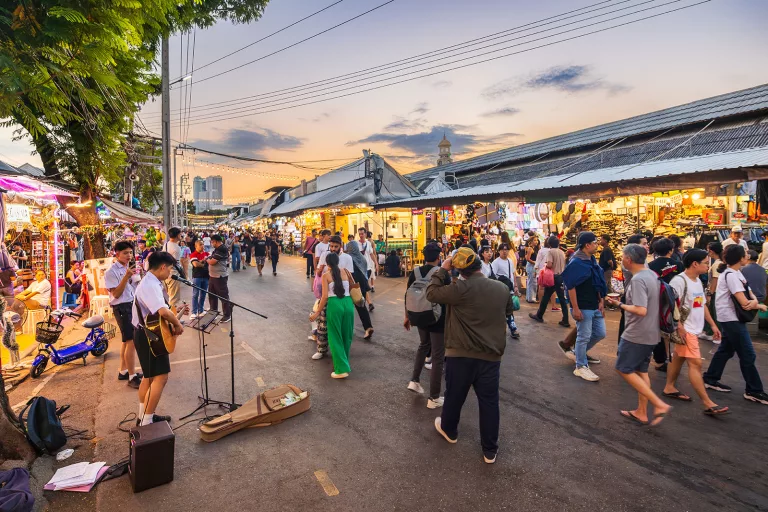
Picture/Siam@Siam Design Hotels/Dumrongsak Songdej
Chatuchak is a labyrinthine giant—15,000 stalls strong—serving everything from mango sticky rice to Thai iced tea. It’s overwhelming in the best way. Kejetia Market in Kumasi, Ghana, is Africa’s answer to organised chaos. It’s one of the largest open-air markets on the continent, with thousands of stalls selling spices, smoked fish, shea butter, and ready-to-eat waakye. Both markets are sensory overloads that reward curiosity.
Campo de’ Fiori (Rome, Italy) & Medina of Tunis (Tunisia)
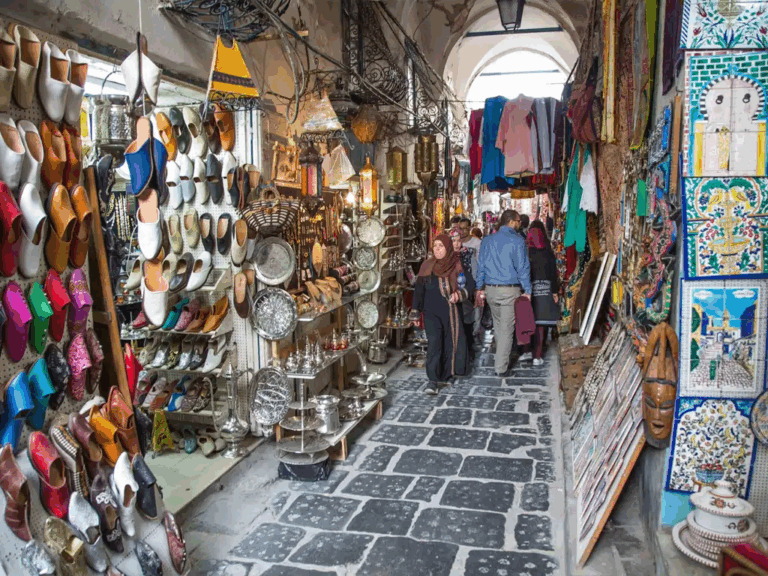
Picture/Tunisia Travel Guide
Campo de’ Fiori offers Roman charm with seasonal vegetables, pasta stalls, and cured meats in the shadow of Renaissance buildings. For a North African market with old-world appeal, the Medina of Tunis is a living museum. Meandering alleys host butchers, bakers, and spice traders, framed by centuries-old architecture. Food blends seamlessly into everyday life in both spots, offering a slow and deeply satisfying experience.
Union Square Greenmarket (New York City, USA) & Oranjezicht City Farm Market (Cape Town)
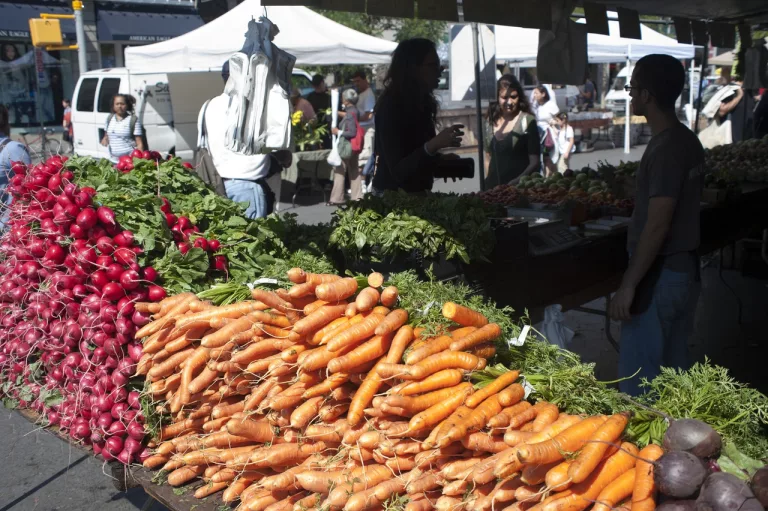
Picture/© NYSDED-Photo by Darren McGee
Union Square’s farmers’ market is all about seasonal bounty, organic growers, and artisanal bread in the heart of Manhattan. Cape Town’s Oranjezicht City Farm Market mirrors this ethos beautifully. Overlooking the Atlantic and Table Mountain, the market celebrates slow food, heirloom vegetables, and ethical sourcing. Both are social hubs where conscious eating meets community connection.
Naschmarkt (Vienna, Austria) & Souk Semmarine (Marrakech, Morocco)
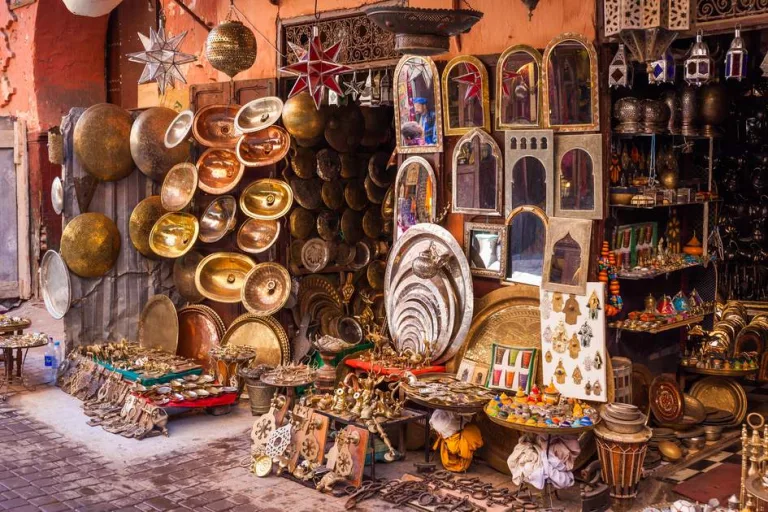
Picture/Gold Coast XP
Vienna’s Naschmarkt is where Middle Eastern flavours meet Central European charm—think kebab, goulash, olives, and strudel. Souk Semmarine in Marrakech hums with a similar eclecticism. Here, Berber spices mingle with French pastries, Moroccan olives, and fragrant tagines. Like Naschmarkt, it’s a place to sample global flavours grounded in local identity.
Follow us on social media for more travel news, inspiration, and guides. You can also tag us to be featured.
TikTok | Instagram | Facebook | Twitter
ALSO READ: Bush & Beach: Best African destinations that offer both

